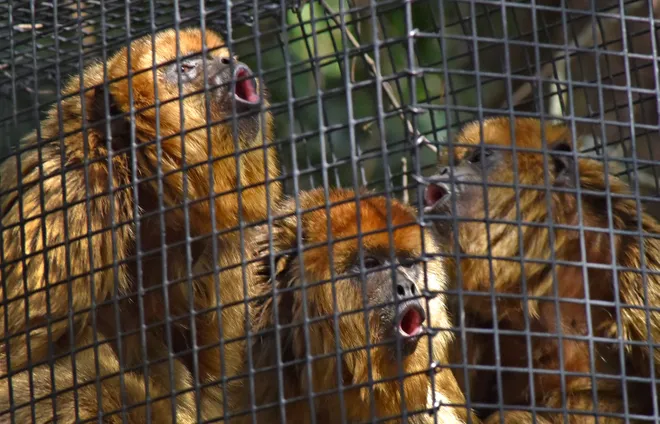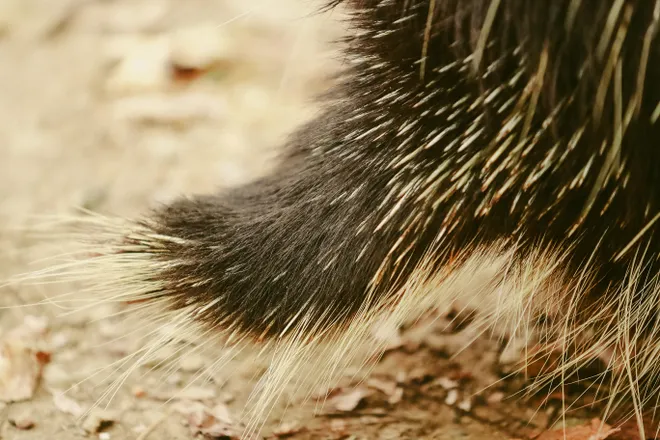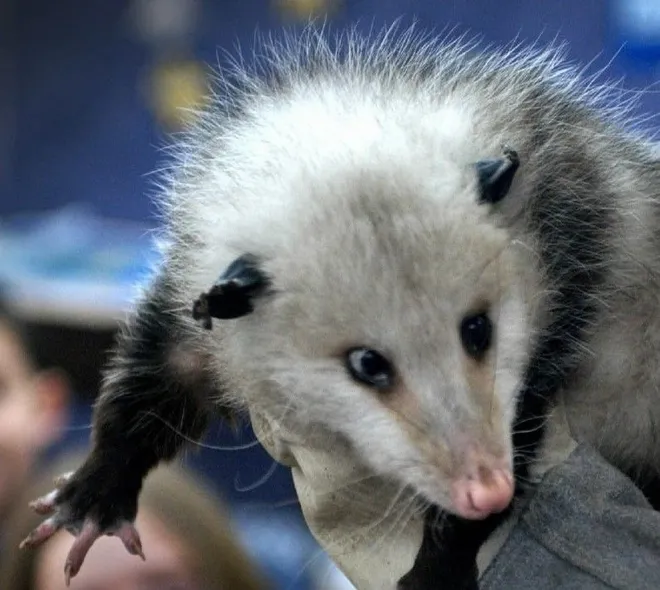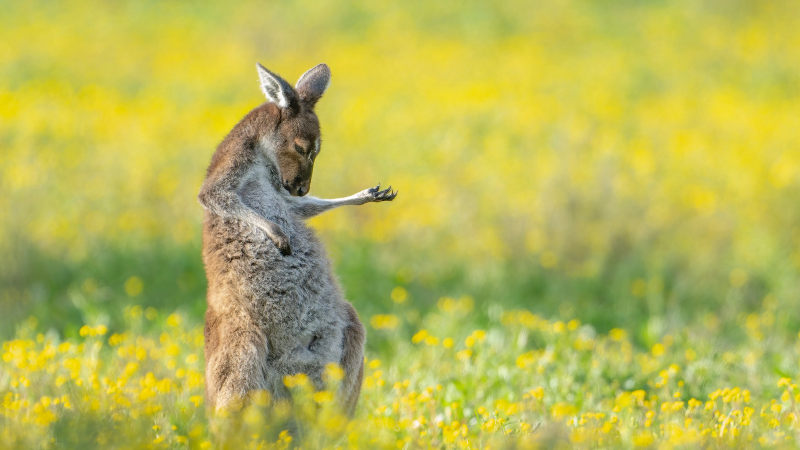'Who Would Win?': March Mammal Madness is underway. Here's everything players need to know
Animal lovers who enjoy NCAA March Madness can try their luck by entering a different type of bracket this month, but this tournament substitutes college basketball players for mammals.
Porcupines, koalas, velvet worms, flat lizards, boars, opossums, howler monkeys and 58 other animals are competing in the 2024 March Mammal Madness, via Arizona State University.
March Mammal Madness was created in 2013 by Katie Hinde, an associate professor at Arizona State University, and her colleagues.
"March Mammal Madness asks the question 'Who Would Win?' when two animals encounter each other in an absurdly complex and wonderfully nerdy way… a simulated tournament within a structured game universe," ASU said on its website for the contest.
The annual tournament is a "nature-based simulated competition" styled after, but not affiliated with, NCAA College Basketball March Madness, according to ASU's website. This year's tournament is a celebration of the arts, and although it kicked off March 11, players, learners and educators can still participate, the school said.
"Humans have artistically depicted animals for tens of thousands of years," Hinde said in a news release. "Long before canvases and computers, artists immortalized animals in rock paintings, carved wood, embroidered fabric, chiseled marble, sculpted clay, worked leather, casted metal and tattooed skin … and continue to do so today."

How do you play 2024 March Mammal Madness?
The tournament pits mammals against each other in a four-division, single-elimination tournament, the college says.
According to ASU, the remaining rules include:
- Mammals are assigned seeds 1-16 with "1" being the best-ranked animal and "16" being the worst-ranked animal in the division.
- All competing mammals are at "peak performance condition" unless otherwise detailed on the bracket.
- To be defeated, the losing mammal perishes on or retreats from the "field of battle."
- The mammals' seeding determines the field of battle for the initial three rounds. The better/lower-seeded animal has a "home habitat advantage" and the worse/higher-seeded animal is the visitor.
- Field of battle in the last three rounds — the Elite Trait, the Final Roar and the Championship. For the Championship, the battle location is randomized between four possible habitats.
How do mammals win in battle?
To win a battle, a team of scientists will research the mammals and their habitats and estimate the probability that "mammal A" wins versus "mammal B" within the specific field of battle, according to the university.
Temperament, weaponry, armor, body mass, speed, flight, style, physiology and motivation are all attributes the scientists consider when estimating a battle outcome, ASU's website says.

Based on the scientists' probability estimation, a random number generator determines the outcome of the encounter and which mammal advances in the tournament, according to the college. This methodology "allows for the possibility, if not the probability, of upsets," the school added.
March Mammal Madness encounters occur in real-time
Players can check on their mammal in real-time a "scientist announcer" gives a play-by-play of the battle in progress, according to ASU.
"The scientist uses published research about the species and their environment to create an evidence-based play-by-play, turning science into a story," the school said. "Dramatic reveals, plot twists, and unexpected events may be used to explain the outcome of the combatant encounters."

A Spotify playlist is also available to players who want to listen to music while watching their mammals compete.
Non-mammal competitors "from across the tree life" will be battling, something new for this year, Hinde said. This twist could mean that the championship battle won't include any mammals at all, she added.
“Surprises and twists are always a part of March Mammal Madness," Hinde said. "With the new divisions and many unfamiliar combatants, everyone will learn something this year. And as our slogan reminds us, ‘If you’re winning, you’re learning!'”
2024 March Mammal Madness highlighting 'nature and art,' ASU professor Katie Hinde says
Each division in the tournament will speak to a "different facet of artistic expression, but with a twist from the natural world," Hinde said. This will intentionally create "more space to highlight connections between nature and art."
“For years, each evening of the tournament includes an inspirational intermission, typically a quote about nature, conservation or land stewardship,” Hinde said. “Across the weeks of the tournament, we will spotlight sustainable landscape design and responsible creativity in natural ecosystems (stop stacking rocks!), and how nature and art can improve human health.”

Players can still join despite the tournament already beginning, according to the college. The championship battle is scheduled for April 3.
“The MMM team is dedicated to removing barriers that historically leave behind huge groups of learners, and not just cost. MMM is free for anyone to play, but importantly, all the educational materials are also available as open educational resources,” Anali Maughan Perry, head of Open Science and Scholarly Communication at ASU Library, said in the release.
Jonathan Limehouse covers breaking and trending news for USA TODAY. Reach him at JLimehouse@gannett.com
Disclaimer: The copyright of this article belongs to the original author. Reposting this article is solely for the purpose of information dissemination and does not constitute any investment advice. If there is any infringement, please contact us immediately. We will make corrections or deletions as necessary. Thank you.





